Pearls of Petals HPHT Lab Grown Polished Diamond, Synthetic Diamonds & HPHT Polished Diamonds and all Type Gemstone and Gold Silver Jewellery Store..
PEARLS OF PETALS GEMSTONE STORE

List of All Gemstones
Gemstone Names with Pictures – Click on any gem to get detailed information.
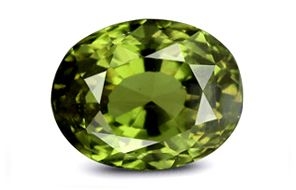
Alexandrite
Alexandrite is a rare and highly valuable gem variety from the Chrysoberyl mineral family that displays a sharp change-of-color from blue-green in daylight to red/purplish red or brownish red in the artificial yellow light. In western astrology, it is regarded as the June month birthstone and is majorly worn for healing and jewellery purposes.
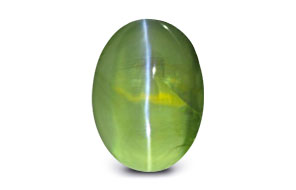
Alexandrite Cat’s eye
Alexandrite Cats eye is an exclusive gemstone from the Chrysoberyl family that displays the unique optical characteristics of the two most popular Chrysoberyl gems – ‘Cats eye effect of Chrysoberyl Cats eye’ & ‘Colour-changing ability of Alexandrite’. This gemstone is rarely found in nature and is highly coveted by collectors and jewellery designers.
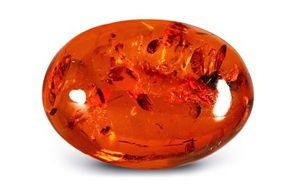
Amber
Amber is an organic semi-precious gemstone which is exactly not a mineral, but hardened resin of the pre-historic trees. It is found in a range of color from yellow to brown, red, black, blue and green etc. This gemstone occasionally contains fascinating insects or plant inclusions which increases its value greatly. Since ancient times, amber is used in jewellery, decorative pieces and healing therapies.
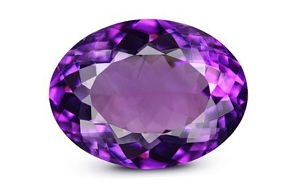
Amethyst (Jamunia)
Amethyst is a violet colored, semi-precious gemstone of the Quartz mineral family. As an astrological substitute of Blue Sapphire, it is worn to overcome financial stress, professional instability and unhealthy addictions.
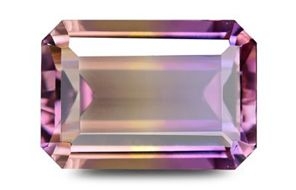
Ametrine
Ametrine is a natural, semi-precious, bi-color gemstone from the Quartz mineral family. It is regarded as a mixture of Amethyst and Citrine appearing as bands of purple and orange on the crystal. Vedic astrology recommends this gemstone as the substitute of Pitambari Neelam and it is also worn as a healing gemstone.
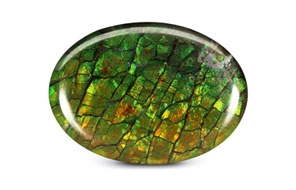
Ammolite
Ammolite is an organic Opal-resembling gemstone formed from the crushed shells of ammonite marine organisms over a duration of nearly 70 million years.

Andesine
Andesine is a beautiful, semi-precious gemstone of the Feldspar mineral family which occurs in brilliant red, orange, yellow and green color. This unique crystalline gemstone comes with slight ‘labradorescent effect’ (colourful reflections) and is also known as ‘Andesine labradorite’. The name ‘Andesine’ comes from the Andesine Mountains where this gemstone was first found.
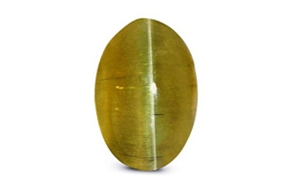
Apatite
Apatite is an ultimate healing gemstone which also makes an excellent choice for jewelry. No matter if you are a minimalistic or a statement jewelry lover, Apatite is always fashionable and wins heart in no time.
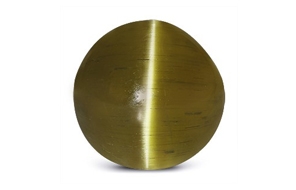
Apatite Cat’s Eye
Apatite Cat’s eye is a yellow to bluish green colored, semi-precious gemstone of the Apatite mineral family. As a substitute of Chrysoberyl cat’s eye, it is worn to enhance spiritual awareness, financial gains, bone health and positive energy.
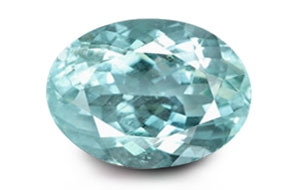
Aquamarine
Aquamarine is a light blue colored, highly transparent, semi-precious gemstone of Beryl mineral family. It is the traditional birthstone for the month of March. Vedic astrology recommends this gemstone as the astrological substitute of Blue Sapphire and is worn to promote leadership qualities,self-confidence, good health and stability in married life.
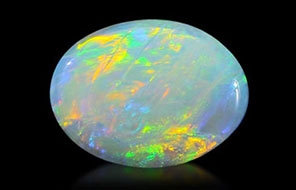
Australian Opal
Australian Opal is regarded as one of the finest varieties of opal gemstone found in the Australian Opal mines. They are recognised by their rich body tone, intense and long-lasting play of color effect. Being of the finest quality.
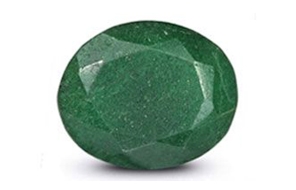
Aventurine
Aventurine is a shimmery green semi precious gemstone known for its healing effects and exhibiting ‘aventurescence’.
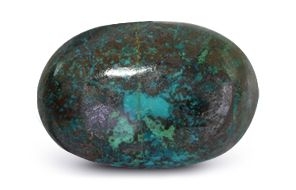
Azurite
Azurite is a soft deep blue colored gemstone found generally in copper ore mines. It is also known as Chessylite and is believed to relieve stress and enhance creativity. Azurite stones are majorly sourced from copper mining areas such as Australia, Chile, Russia, Africa and China.
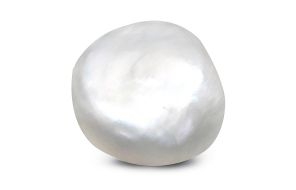
Basra Pearls (Basra Ka Moti)
Basra Pearl is a highly precious variety of the natural pearl gemstone originated from the Basra region of Persian Gulf. The marine ecosystem of this region got depleted in the early 19th century which created a halt in the natural pearl production in the Basra region. Basra ka Moti gained huge popularity for its color and smooth texture which further increased with its rarity.
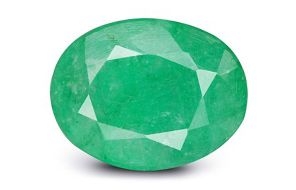
Beryl
Beryl is a class of mineral which is found in crystal form in different colors like green, yellow, red, white and blue. Some of the popular gemstones like Emerald, Aquamarine and Heliodor, belong to the Beryl family. Basically, a colorless beryl gets transformed into its variants with the presence of different varieties of impurities in it.
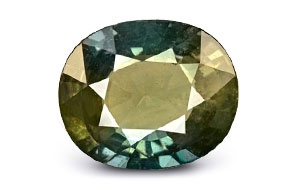
Bicolor Sapphire
Bi-color Sapphire (Two Tone Sapphire) are exceptionally rare gemstones. This gem is truly transfixing and marvellous to behold, capable of exhibiting strong and fast astrological benefits.
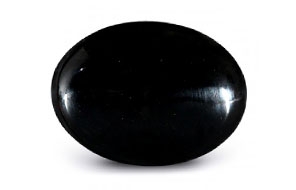
Black Onyx
Black Onyx is a stone of happiness, good fortune and physical as well as emotional strength. A powerful protection stone, Black Onyx absorbs and transforms negative energy, and helps to prevent the drain of personal energy.
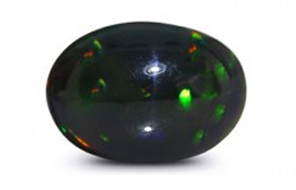
Black Opal
Black Opal Gemstone is known for its breath-taking beauty. It not only warms the heart and soul but also enriches and gives a joyful zest for life. The perfect healing power of the black opal stone attracts humans again and again magically.
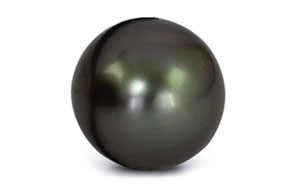
Black Pearls
The Tahitian pearl or black pearl is a natural gem created from the black lip oyster. These pearls receive their name from the fact that they are originally farmed around the islands of French Polynesia, around Tahiti.
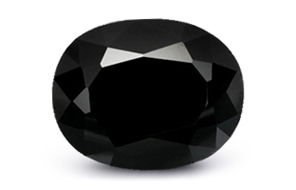
Black Tourmaline
Black Tourmaline is a powerful grounding stone, believed to be a natural connector between mother Earth and the human soul. It is a protective stone that eliminates negative energy.
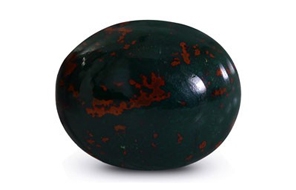
Bloodstone
Bloodstone (also known as Heliotrope stone) is a natural, semi-precious gemstone from the Chalcedony mineral family that has a solid deep green body color with a light splatter of sharply contrasting and clearly visible blood-red dots. Ancient people relate the color pattern with the sacred ‘Blood of Christ’. In western culture, Bloodstone is also worn as the March month birthstone.
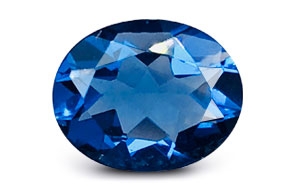
Blue Fluorite
Blue fluorite is a medium light blue to deep blue color gem variety of the Halide mineral group. Its fluorescent glow and vitreous lustre make this gemstone ideal for jewelry purposes. It is also worn as a healing crystal that helps to let go depression, obsession and frustration.
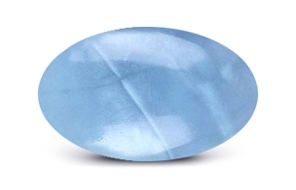
Blue Opal
Blue Opal is a rare variety of the Opal gemstone which is exclusively found in the Andes Mountains near San Patricio in Peru. This soothing light blue colored gemstone is translucent to opaque in appearance. It is regarded as a strong healing gemstone that helps to cure tensed mind, low confidence and emotional scars.
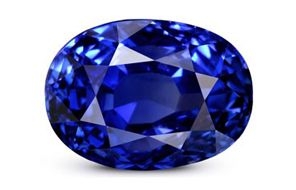
Blue Sapphire (Neelam Stone)
Blue Sapphire (Neelam Stone) is a highly precious, blue colored gemstone of the Corundum mineral family.
Recognized as the most powerful and fastest acting gemstone in vedic astrology, it brings instant wealth, fame and success in wearer’s life.
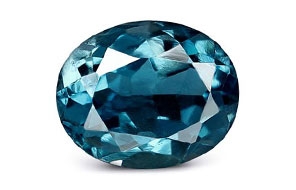
Blue Topaz
Blue Topaz is a brilliant blue colored, semi-precious gemstone from the Topaz mineral family. It comes in a wide range of colors including subtle sky blue to the intense inky blue. In vedic astrology, this gemstone is recommended as the astrological substitute of the precious Blue Sapphire and is worn to gain financial stability, fame, self-confidence and good health.
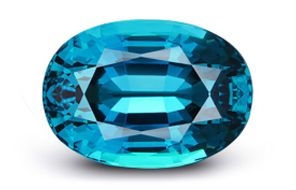
Blue Tourmaline/Indicolite Tourmaline
Blue Tourmaline or Indicolite is a brilliant indigo-blue colored gem variety of the natural Tourmaline gemstone. It is one of the sought-after crystal by the serious collectors and jewelry designers. In alternative healing therapies, Indicolite is regarded as a strong healing gemstone which can also be worn as October birthstone.
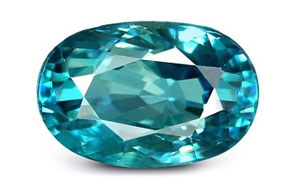
Blue Zircon
Blue Zircon is a blue color variety of the natural Zircon gemstone. This popular semi-precious jewelry gemstone is recognised for its brilliant luster and good transparency. It is regarded as the December birthstone in the western world. In vedic astrology, a natural Blue Zircon is worn to gain professional success, financial prosperity and a healthy marital life.
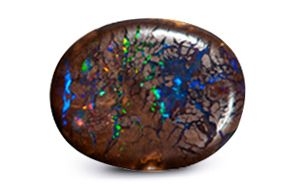
Boulder Opal
Boulder Opal is a rare and unique variety of the precious Opal gemstone that contains ironstone traces. This dark colored gemstone usually exhibits a mesmerising play of color and excellent durability. It is highly sought-after by the gem collectors and jewelry designers because of its natural beauty.
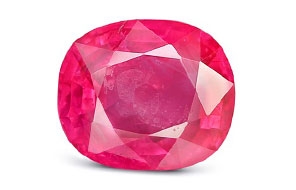
Burmese Ruby
Burmese ruby (or Old Burma ruby) is the most sought after variety of ruby gemstone. It is remarkably popular for its deep red pigeon blood color, relatively superior clarity and astrological value. Old Burma rubies are exceptionally rare and exorbitantly expensive.
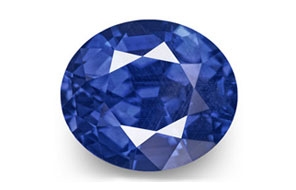
Burmese Sapphire
Burmese Sapphire is one of the finest quality Blue Sapphires known for its royal blue color, decent clarity and superior luster. Due to its exceptional quality, this gemstone is considered highly effective for astrological uses. It is also worn as September birthstone in western astrology.




